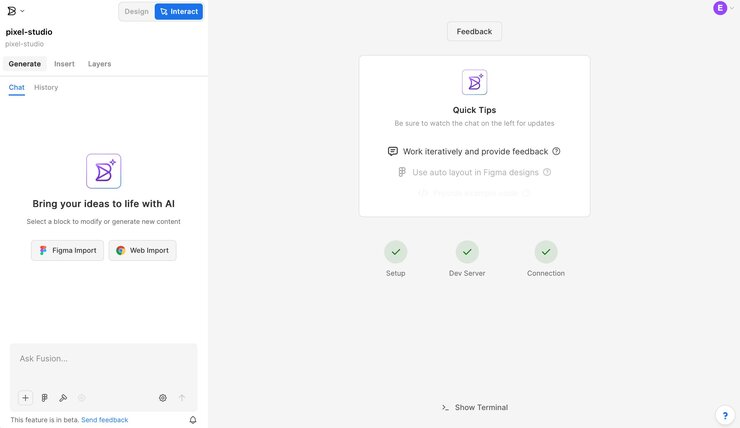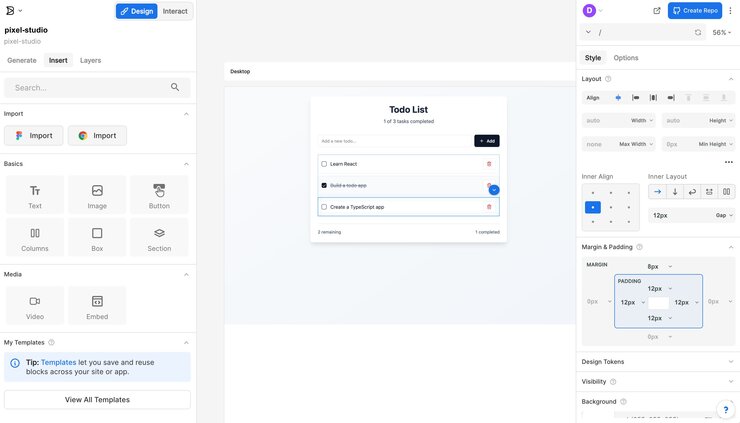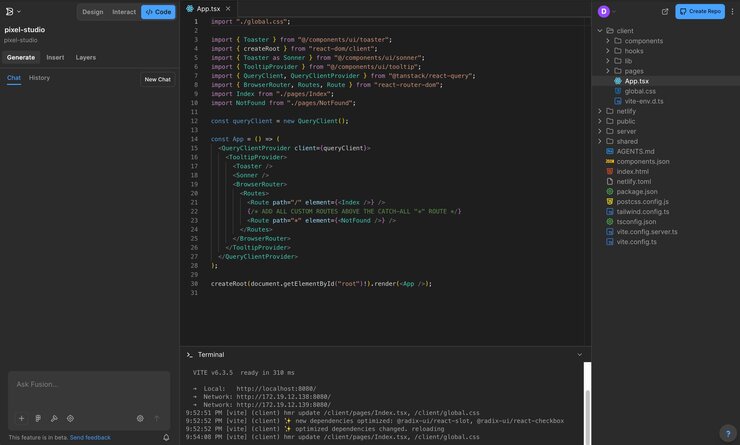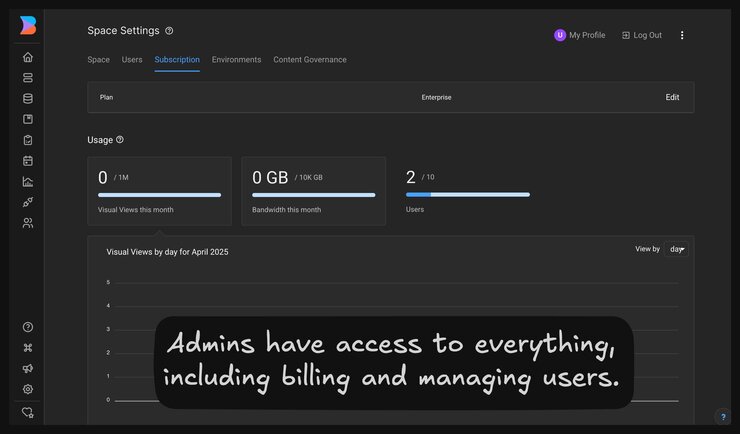By assigning roles to users, you specify what they can access. This document covers roles and permissions by Space.
Builder provides a variety of built-in roles to grant appropriate access to team members in a Space.
The following table gives an overview of permissions by role.
| Access | Editor | Designer | Developer | Admin |
|---|---|---|---|---|
Change text and images | Yes | Yes | Yes | Yes |
Create content | Yes | Yes | Yes | Yes |
Create projects | No | Yes | Yes | Yes |
Edit code directly | No | No | Yes | Yes |
Modify project settings | No | No | Yes | Yes |
Modify MCP servers | No | No | Yes | Yes |
Connect code repository | No | No | Yes | Yes |

Tip: Additionally, Enterprise plans can define custom roles for more granular controls.
Editors can create and edit content — such as text, images, and other blocks — but can't edit designs or styling.
Editor permissions are ideal for users who need to create content using design systems. They can create and edit pages using pre-defined components (built-in and those by developers) as well as templates and symbols (by designers). Editors can edit content by adding or changing text, uploading assets, or adding and rearranging page contents but have no access to styling or code.
By default, the Editor role allows access to all projects. To instead limit which projects the Editor role can access:
- Go to your Space Settings.
- Click the Edit button next to Roles & Permissions.
- Expand Editor.
- Under the Access section, choose Some Projects and select the project or projects you want the Editor role to access. Note that you must have at least one existing project in order for options to display.
The image below shows what an Editor role can access in the Visual Editor — the Generate, Insert, and Layers tab.

Designers can create and edit content and designs.
Designers have access to full style controls but don't have access to code, such as JSON view. We recommend that your designers save content as templates and symbols for other team members to use.
The image below shows the Visual Editor with the Generate, Insert, Options, Style, Layers, and Options tabs available to the designer.

Developers can create and edit content, designs, code, and models.
Developers have access to design controls just like designers, but can also use code within Builder's Visual Editor to connect to custom data sources or add custom interactive behavior to your Builder content.

Admins can do everything, including manage users and payment.
Admins have access to all available options and controls. They can do anything in the Visual Editor as well as manage users and billing.

enterprise add-on
Enterprise plans can define custom roles for granular and role-related control. Creating a custom role in a Fusion Space is the same as a Publish Space, however, some of the available options are different.
To create a custom role in a Fusion Space:
- Go to the Fusion Space Settings.
- Click the Edit button for Roles & Permissions.
- Click + New Role.
- Expand the new role, give it a name, description, and specify the permissions granted to this role.
- Click the Save button.
The video below shows creating a custom role called Eng Product Manager and all access is granted except access to billing.
The Permission and Access types are described below for your convenience.
- Edit code directly: the role can edit project files directly within Fusion. This allows users with this role to edit all files, not just those related to a change made by Fusion.
- Modify project settings: the role can edit a project's configuration, such as environment variables, build settings, and runtime options.
- Create projects: the role can create new Fusion projects from prompts or from existing repositories.
- View only: the role cannot edit but can view existing projects.
- Modify MCP servers: the role can connect, update, and remove MCP servers. Users without this role can still use MCP servers within a Fusion project.
- Connect code repository: the role can connect external repositories to create or update projects.
- Admin: the role is granted access to all features, including billing.
- All projects: the role is granted access to every current and future project in the Space.
- Some projects: the role is granted limited access to selected projects and configure permissions per project.
If granted access to specific projects, the following options are available:
- Edit code directly: the role may edit code for the specific project.
- Create branches: the role may create new branches in the repository.
- Send pull requests: the role may create pull requests to the connected repository.
- Modify project settings: the role may change settings for the selected project.
The video below demonstrates creating a new custom role with specialized permissions and a limited set of access for a single project.
To experience a role just as a user with that role would, Admins can use the role switcher. For instructions on using the role switcher, visit Verifying role access with the role switcher in Managing Users.
For guided instruction, watch Builder's very own Tony Bricca give a demonstration.
0:00 Okay, I want to go through roles and permissions within Fusion. So in order to add new team members, set any roles, we'll go down here to the settings tab, and then we can click on users.
0:15 So we just see I have myself, now I can add a new user. On my plan right now I have the ability to have nine new user invites, and we can select what role to assign that user.
0:29 So we have admin, developer, designer, and editor. And then I did want to also go in to show what these roles and permissions look like within Fusion.
0:39 So we have a detailed breakdown of each of those different roles that we specified, so editor, admin, designer. developer, and this is obviously all on our public documentation.
0:53 The other thing I did want to point out is that we also do have the ability for custom roles as an enterprise add-on.
1:01 And so in order to get there, we'll go to the space settings, and then we can to edit the roles and permissions and define what.
1:11 Specific permissions each of these roles have, and we can always add a new role as well. So that is how roles and permissions work with Infusion and how to add new team members
If you need more fine-grain control in setting user permissions, check out the Enterprise plan Custom Roles.


